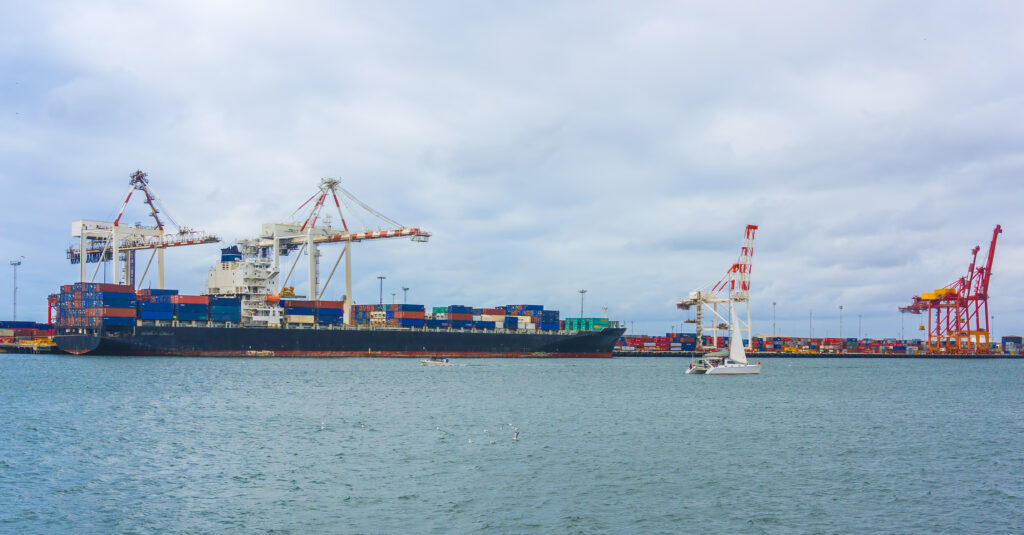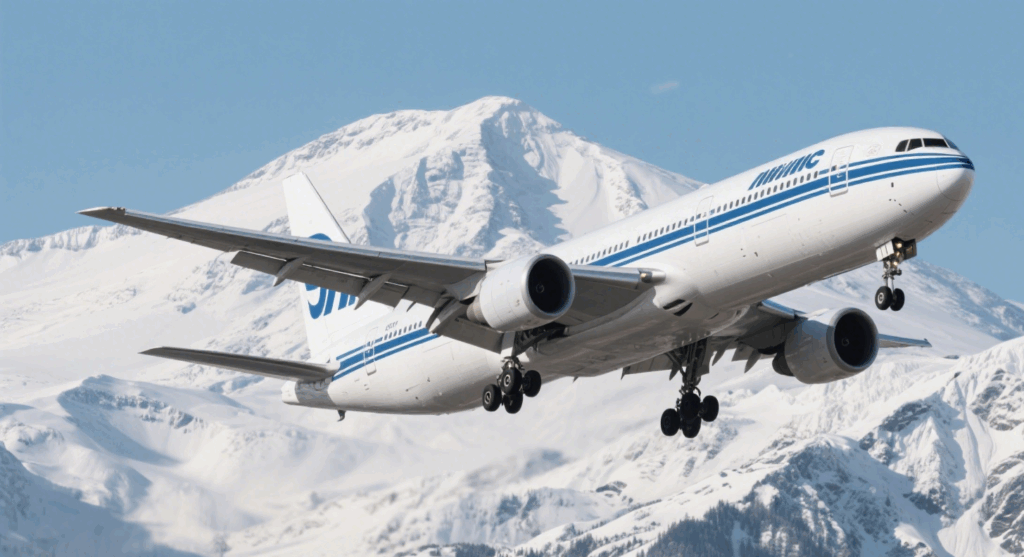Global trade continues to expand, and importers worldwide constantly monitor container China price to manage logistics budgets. Costs fluctuate with demand, fuel, and capacity. However, understanding factors behind these variations helps companies reduce shipping expenses and improve supply chains. This guide explains pricing trends, methods, documents, and strategies, along with real cases from China to key destinations.
What Is the Current Container China Price?
Container rates depend on size, weight, and shipping mode.
| Container Type | Average Price (USD) | Best Use Case |
|---|---|---|
| 20GP | $2,200 – $2,700 | Small to medium shipments |
| 40GP | $4,300 – $4,900 | Large cargo, bulky machinery |
| 40HQ | $4,500 – $5,200 | High-volume lightweight products |
| LCL (per CBM) | $120 – $160 | Small loads consolidated in FCL |
Moreover, demand peaks before Chinese New Year and during Q3 manufacturing surges raise prices by 15–25%.
Why Does Container Price from China Fluctuate?
Several market factors drive container costs:
- Fuel Prices: Higher bunker rates increase sea freight.
- Seasonality: Peaks before holidays, such as Christmas and Chinese New Year.
- Global Trade Imbalance: More exports than imports raises backhaul costs.
- Port Congestion: Delays at Shanghai or Shenzhen raise surcharges.
- Shipping Lines: Rates vary across carriers (COSCO, CMA, MSC, etc.).
Accordingly, careful planning helps stabilize costs.
How Do Container Prices Compare by Destination?
| Destination | 20GP (USD) | 40GP (USD) | 40HQ (USD) | Transit Time |
|---|---|---|---|---|
| China → USA (LA) | $2,600 | $4,800 | $5,050 | 18–22 days |
| China → UK (Felixstowe) | $2,750 | $4,950 | $5,150 | 28–33 days |
| China → Australia (Sydney) | $2,400 | $4,600 | $4,900 | 20–25 days |
| China → Bangladesh | $2,350 | $4,550 | $4,850 | 22–28 days |
| China → Africa (Lagos) | $3,200 | $5,600 | $5,900 | 35–42 days |
In addition, air freight costs are quoted per kilogram and can be 5–7 times higher.

What Documents Are Required for Container Shipping?
| Document | Purpose |
|---|---|
| Bill of Lading | Confirms receipt and transport of goods |
| Commercial Invoice | Declares cargo value |
| Packing List | Lists cargo details and measurements |
| Certificate of Origin | Proves Chinese origin for customs |
| Insurance Certificate | Ensures cargo protection |
| Import License | Required by destination customs |
Without accurate documents, delays and penalties may occur.
What Are the Pros and Cons of Sea vs Air Freight?
| Aspect | Sea Freight | Air Freight |
|---|---|---|
| Cost | Lowest per CBM for bulk | Highest per kg |
| Speed | 20–35 days | 3–7 days |
| Cargo Size | Suitable for FCL/LCL | Limited by aircraft capacity |
| Reliability | Delays from port congestion | Weather and fuel-sensitive |
| Best Use Case | Bulk, textiles, machinery, furniture | Urgent, high-value electronics |
On the other hand, rail freight via China-Europe trains offers a balance.
How to Reduce Container China Price?
- Book Early: Avoid last-minute surcharges.
- Consolidate Cargo: Share containers through LCL.
- Negotiate Contracts: Secure long-term deals with carriers.
- Flexible Routes: Choose alternative ports like Qingdao over Shanghai.
- Use Forwarders: Professional forwarders provide better rates.
As a result, importers can cut logistics costs by 15–20%.
How Long Does Container Shipping from China Take?
| Route | Transit Time |
|---|---|
| China → USA | 18–25 days |
| China → UK | 28–33 days |
| China → EU | 30–35 days |
| China → Africa | 35–42 days |
| China → SE Asia | 12–20 days |
Although sea freight is slower, it remains the most economical choice.
Should You Choose FCL or LCL?
- FCL (Full Container Load):
Suitable for importers filling an entire container. Offers lower per-unit cost and better security. - LCL (Less than Container Load):
Best for small shipments. Cargo consolidates with others, but risk of delays exists.
To illustrate, a 15 CBM cargo saves money with LCL, but a 25 CBM load benefits from FCL.

Real Case Studies of Container China Price
Case 1: Shenzhen to Los Angeles
- Cargo: 40HQ container, electronics (23 tons)
- Cost: $5,100
- Transit Time: 20 days
- Mode: Sea freight
- Outcome: Saved 10% by booking off-peak.
Case 2: Shanghai to Sydney
- Cargo: 20GP container, furniture (12 tons)
- Cost: $2,450
- Transit Time: 21 days
- Mode: Sea freight
- Outcome: Delivered on schedule, minimizing storage fees.
Conclusion
In conclusion, the container China price depends on destination, cargo size, and season. Sea freight remains the cheapest option for bulk goods, while air freight offers speed at higher cost. Importers can save money by consolidating shipments, booking early, and working with experienced forwarders. By planning properly, businesses ensure smoother logistics and competitive advantage in global trade.
- Consult TJ China Freight Forwarding for the lowest quote. They will provide you with reliable, cost-effective service.
FAQ:
Q1.What is the current average container China price in 2025?
Average cost: 20GP $2,200–$2,700, 40GP $4,300–$4,900, 40HQ $4,500–$5,200. Prices depend on demand and destination.
Q2.How can I lower my container shipping cost from China?
Booking early, consolidating cargo, negotiating long-term contracts, and selecting alternative ports can help reduce container shipping costs significantly.
Q3.Which is cheaper: FCL or LCL from China?
FCL is cheaper for large volumes, while LCL is better for small shipments. Cost-effectiveness depends on cargo size and weight.
Q4.What is the fastest way to ship containers from China?
Air freight is fastest, taking 3–7 days, but is far more expensive than sea freight. Sea freight remains the most common choice.
Q5.Which ports in China are best for container exports?
Shanghai, Shenzhen, Ningbo, and Qingdao are the busiest and most reliable export ports. Choice depends on supplier location.



